1. Gunsmoke (1955-1975)
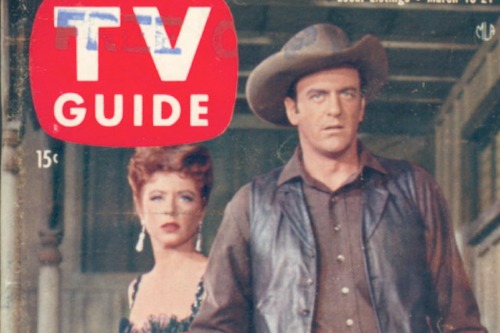
As one of the longest-running Western TV shows in history, Gunsmoke showcased a tough, no-nonsense world of lawmen, outlaws, and settlers in the Old West. While the show is revered for its grit and complexity, some of its themes would likely cause outrage today. Many episodes romanticized violence and the idea of justice through force, with Marshall Matt Dillon often dispensing his own brand of frontier justice without consequence. In today’s climate, where there is intense scrutiny of police practices and calls for reform, the glorification of vigilantism might be seen as problematic.
Additionally, the show sometimes perpetuated harmful gender stereotypes, with female characters often relegated to supporting roles as love interests or damsels in distress. Today, these portrayals would likely spark criticism for their lack of strong, multidimensional female characters. The cultural and racial representation of Indigenous peoples and minorities in the Old West would also face scrutiny, as Gunsmoke did little to explore the perspectives or experiences of Native Americans, often portraying them as either background characters or villains.
2. Bonanza (1959-1973)
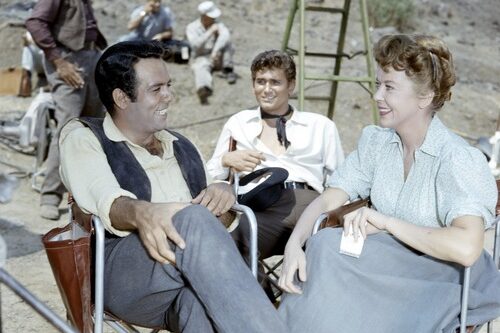
Bonanza was a beloved family show about the Cartwrights, a wealthy ranching family in Nevada. While the show depicted many aspects of the Old West, including violence, land disputes, and moral dilemmas, it also dealt with some highly questionable cultural attitudes. For instance, the show often depicted Native American characters in a negative light, portraying them as savage or primitive, with few episodes providing a counter-narrative to this portrayal.
The way Bonanza treated women would also cause a stir today. Female characters were often portrayed as secondary to the male leads, with most storylines revolving around the Cartwright men and their conflicts. In modern times, the lack of significant, empowered female roles would likely be called out as a reflection of outdated gender norms. Furthermore, Bonanza sometimes minimized the harsh realities of frontier life, glossing over the oppression and displacement experienced by Indigenous peoples in favor of a more sanitized, nostalgic portrayal of the West.
3. The Lone Ranger (1949-1957)
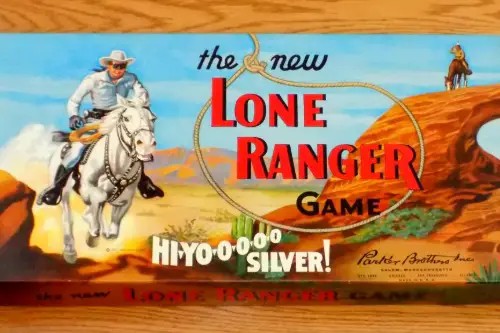
This classic Western featured a masked lawman and his sidekick, Tonto, battling evil-doers in the untamed frontier. While it was incredibly popular in its time, The Lone Ranger would likely be criticized today for its portrayal of Native Americans. Tonto, played by a non-Native actor (Jay Silverheels), is often seen as a stereotype of the “noble savage” trope, with little depth or agency given to his character. In modern times, this type of representation would be considered insensitive and culturally appropriative.
Moreover, the show’s portrayal of Western expansion often ignores the violent displacement of Native Americans. The myth of the “lone hero” who can single-handedly defeat injustice may also come under fire in an era of increased awareness about systemic injustice and the importance of community efforts in social change. Viewers today may also find the portrayal of colonial-era law enforcement problematic, given the growing conversation around police brutality and the history of oppression in the United States.
4. Rawhide (1959-1965)
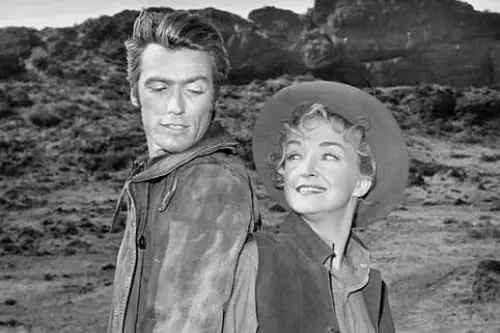
Starring Clint Eastwood in one of his early roles, Rawhide centered around a cattle drive and the rough-and-tumble life of cowboys on the American frontier. While the show was popular for its action-packed plots, its depiction of women and people of color would not sit well today. Women were largely excluded from meaningful roles, often appearing only as love interests or helpless characters in need of saving. In modern TV, where female empowerment and equality are central values, Rawhide’s treatment of women would face significant backlash.
Additionally, Rawhide was part of a larger trend of Westerns that often overlooked or misrepresented Indigenous peoples. The show rarely acknowledged the cultural and historical impact of westward expansion on Native American communities, and when it did feature Indigenous characters, it often portrayed them as either villains or background figures. This one-dimensional approach to racial and cultural representation would be heavily criticized in today’s media landscape, which increasingly demands more nuanced and respectful portrayals of marginalized groups.
5. Cheyenne (1955-1963)
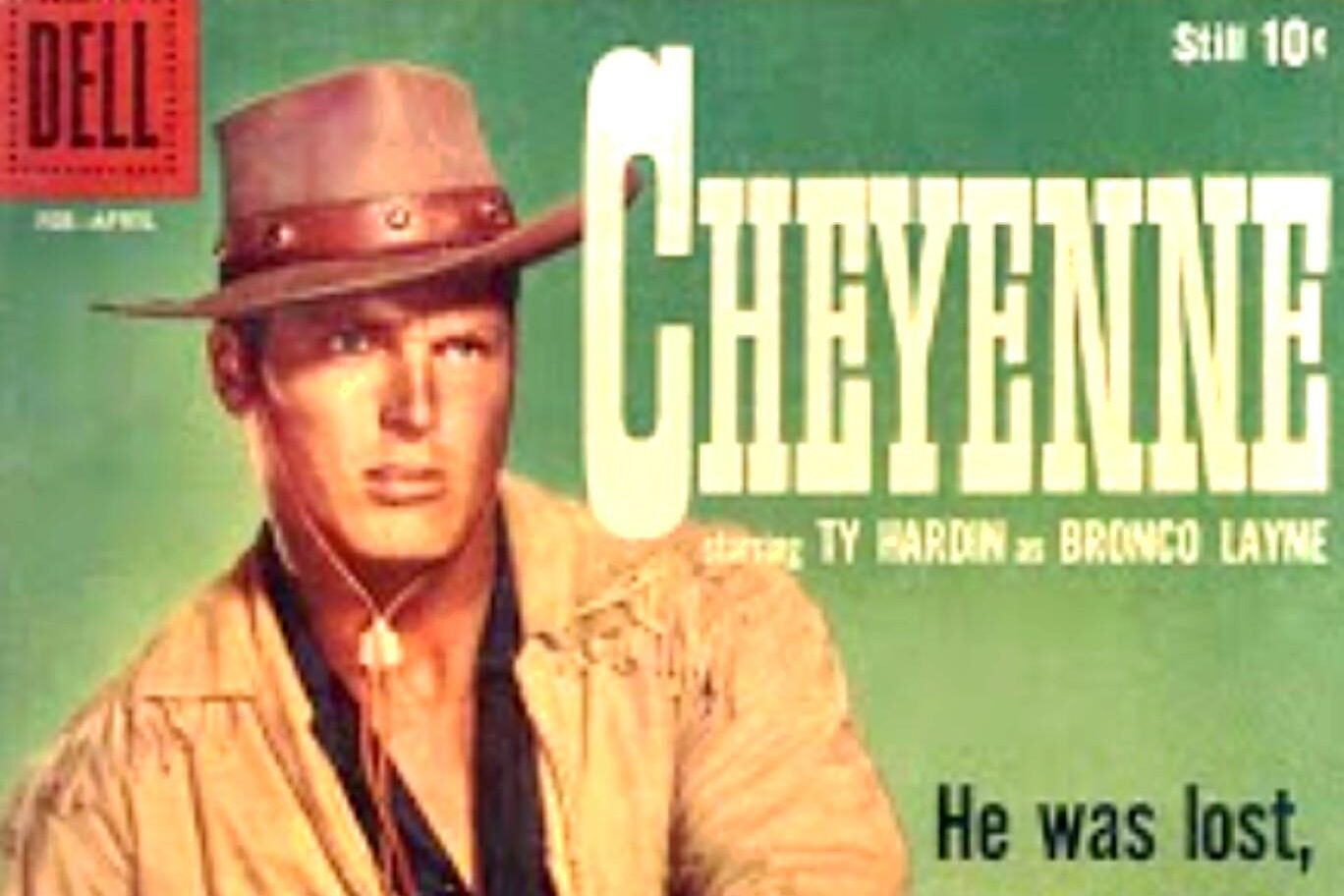
As one of the first hour-long Western series on television, Cheyenne was groundbreaking in many ways. However, its portrayal of Native Americans was far from progressive. Cheyenne Bodie, the show’s protagonist, was a white man who often found himself in conflicts involving Native Americans. In many episodes, Indigenous characters were shown as the antagonists, reinforcing harmful stereotypes of Native Americans as “the enemy.”
Even though Cheyenne featured some positive traits of its hero, including his respect for law and justice, its treatment of Native American characters would be regarded as offensive today. The lack of Native American voices behind the scenes in creating these portrayals also reflects the broader issue of erasure and misrepresentation. In an era where representation and authenticity are crucial, shows like Cheyenne would be seen as reinforcing historical inaccuracies and perpetuating harmful stereotypes.
6. Have Gun – Will Travel (1957-1963)
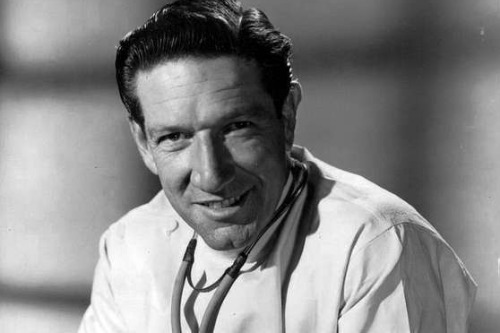
This show followed Paladin, a professional gunfighter who would travel across the American West to right wrongs. While the show is remembered for its sophisticated lead character, there are several aspects that would cause controversy today. For one, the show often dealt with complex moral dilemmas, but it still frequently glorified violence and the idea of one man solving problems with force. Given modern concerns about gun violence and the glorification of vigilantism, the premise of a hired gun going around dispensing justice would be problematic.
Furthermore, the show’s treatment of women was often quite dated. Female characters were typically in distress or in need of Paladin’s protection, reinforcing the trope of women as passive and dependent on male heroes. In an era of pushing for stronger, more independent female characters, Have Gun – Will Travel might seem outdated and tone-deaf in its portrayal of gender roles. Additionally, the show’s depiction of Native American characters often leaned into stereotypes, casting them as either the enemy or as exotic, which would certainly be offensive today.
7. The Rifleman (1958-1963)
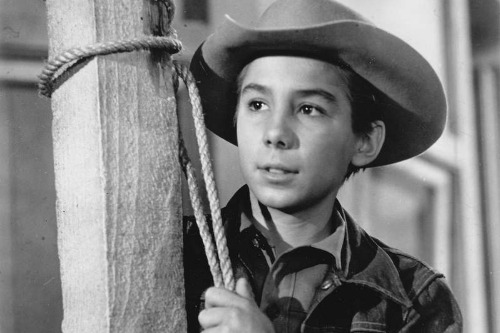
The Rifleman starred Chuck Connors as Lucas McCain, a skilled sharpshooter raising his son on a New Mexico ranch in the late 1800s. While the show was popular for its action-packed plots and moral lessons, its depiction of violence and the frequent use of guns as the primary solution to problems would be highly controversial today. In an era where discussions about gun control and the impact of violence in media are at the forefront, the show’s portrayal of a father who frequently solves disputes through gunfights would likely be seen as problematic.
Additionally, The Rifleman rarely presented strong or empowered female characters. Women were often relegated to traditional roles—either as the love interests or secondary figures who needed saving. In a time when audiences are pushing for more diverse and multidimensional portrayals of women, The Rifleman’s gender dynamics would be critiqued for not providing women with meaningful roles or character development. While the show’s setting and the father-son relationship were heartwarming, its limited portrayal of gender roles would likely be regarded as outdated and tone-deaf to modern sensibilities.
8. The High Chaparral (1967-1971)
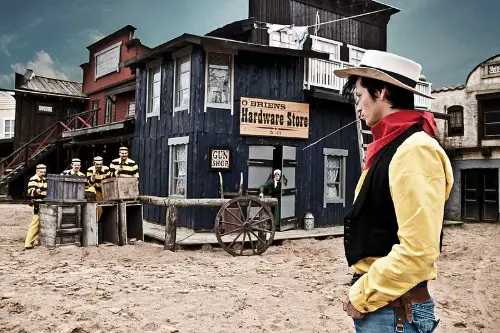
The High Chaparral portrayed the struggles of a ranching family in Arizona and the various conflicts they encountered. While the show was known for its strong characters and dramatic plots, it’s also a product of its time, particularly when it comes to its handling of race. Native American characters were frequently portrayed in a stereotypical manner, often as antagonists or secondary characters. The portrayal of Indigenous culture in The High Chaparral would be viewed today as shallow and insensitive, given how little effort was made to represent Native American perspectives.
The show’s treatment of women would also cause issues today. Female characters were often sidelined and placed in traditional roles, lacking the depth and agency that modern audiences expect from female characters. This, paired with the lack of diverse representation in general, would make The High Chaparral a show that many would consider outdated and problematic in today’s world of television.
9. Wanted: Dead or Alive (1958-1961)
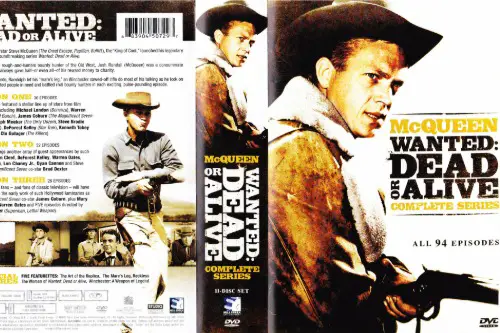
Starring Steve McQueen as Josh Randall, a bounty hunter, Wanted: Dead or Alive mixed action with Western tropes of justice and lawlessness. Randall was portrayed as a morally ambiguous character who made his living capturing outlaws for a reward. While McQueen’s portrayal of the character was a major draw, today’s audiences would likely take issue with the show’s glorification of bounty hunting and violence as acceptable means of justice. In an era focused on criminal justice reform and the need for due process, the idea of a lone wolf bounty hunter operating above the law might be seen as problematic.
Additionally, the show’s racial and gender representations would be under scrutiny today. Native American characters were often depicted as the “enemy,” and women were either background characters or helpless figures in need of saving. Given the modern push for more inclusive, multidimensional roles for women and marginalized groups, Wanted: Dead or Alive would likely be criticized for its lack of thoughtful representation.
10. Tales of Wells Fargo (1957-1962)
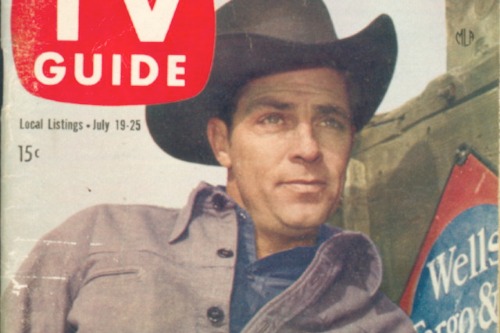
This series featured a security officer named Jim Hardie, who worked for Wells Fargo, protecting stagecoaches and trains from thieves and outlaws. While the show was known for its action and suspense, it would likely face backlash today due to its treatment of Indigenous people and women. Native Americans were often depicted as the antagonists, and the show rarely delved into their culture or humanity. Instead, they were typically portrayed through the lens of Western colonization, as either hostile enemies or background characters.
Additionally, the show’s female characters were often one-dimensional, either as romantic interests or damsels in distress. In today’s TV landscape, where audiences expect more developed and empowered female characters, Tales of Wells Fargo would likely be criticized for its lack of representation and reliance on outdated gender roles.
11. The Big Valley (1965-1969)
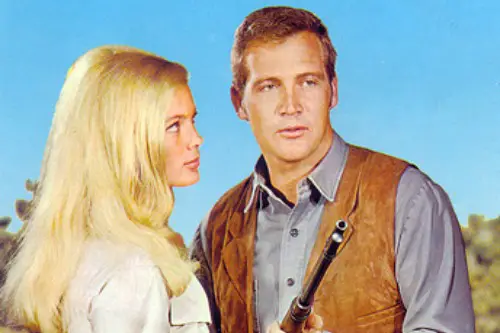
This show centered on the Barkley family, wealthy landowners in California, and their various adventures and struggles. While the show was notable for its strong female lead (Barbara Stanwyck as the matriarch), it would still face criticism today for some of its other elements. Like many Westerns of its time, The Big Valley often relied on the portrayal of Native Americans as antagonists or secondary characters, rarely offering a nuanced or accurate representation of Indigenous peoples’ experiences. This portrayal would likely be challenged today by those advocating for more respectful and accurate depictions of Native American history and culture.
Moreover, while The Big Valley did present some strong female characters, women were still often seen through the lens of traditional roles, such as mothers, wives, and romantic interests. This limited representation of women would likely be criticized today, where there is an increased emphasis on creating multifaceted and empowered female characters.


